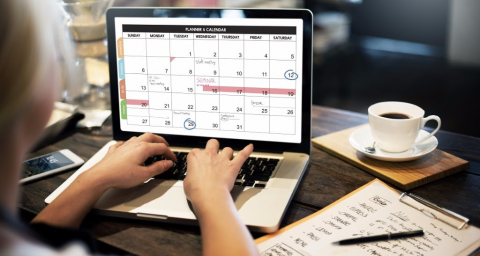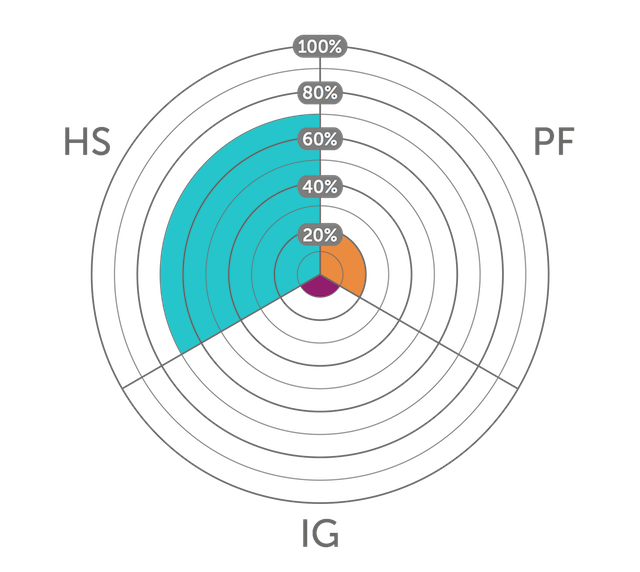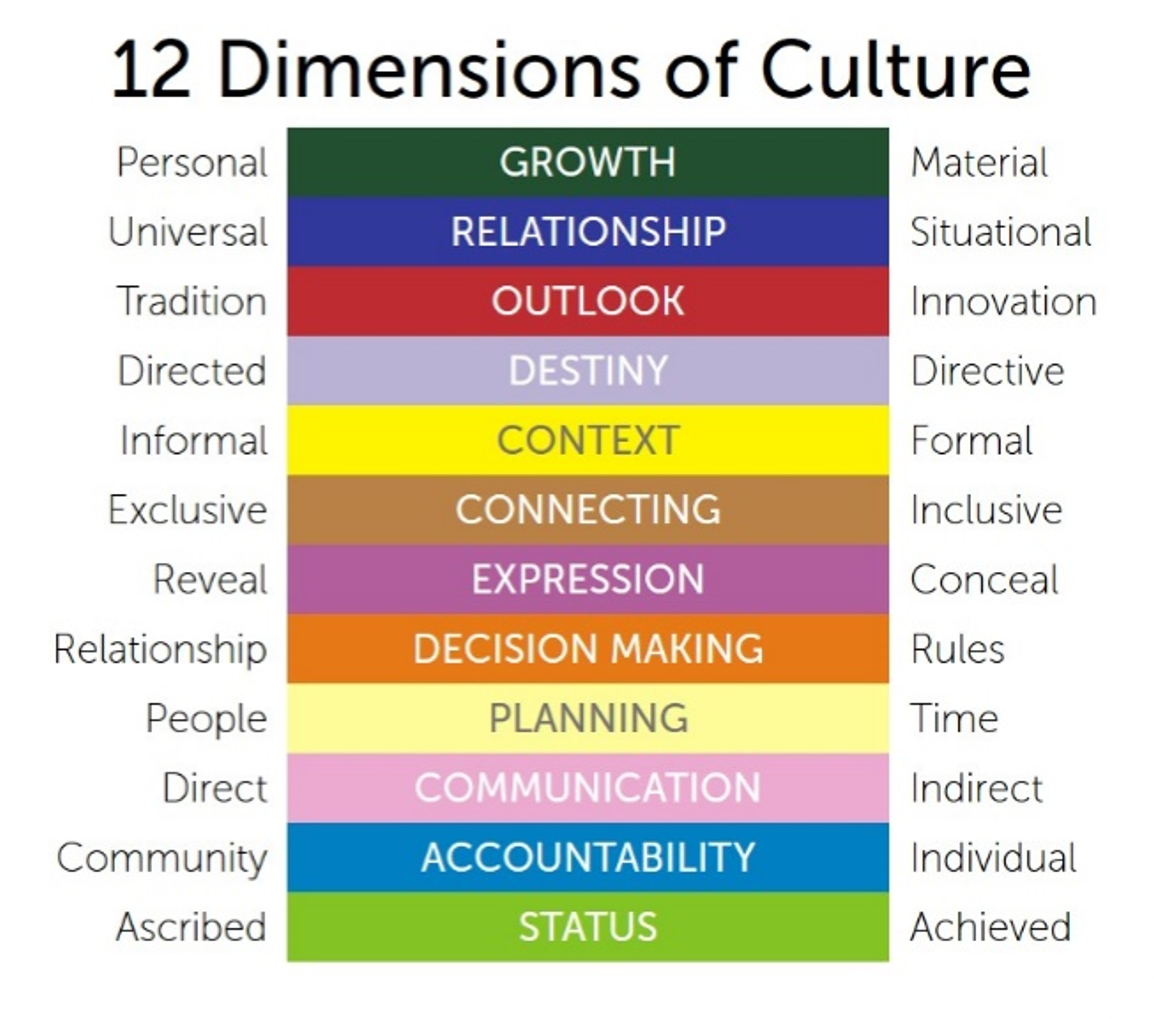Planning describes the way we prioritize our lives.
How do you plan, and what is at the center of your priorities? The two poles of the Planning dimension are the preferences of Time Orientation and People Orientation.
If you are strongly time-orientated, you tend to plan your day within a framework of time. You view time as valuable, and try to make the most of it. You fill your schedule with tasks and meetings and keep to the schedule, including finishing meetings on time. Ad-hoc events may be difficult to manage.
If you are people-oriented, then timeliness is less important. You think in terms of managing people and relationships, and are more used to ad-hoc meetings and last-minute appointments. You are willing to cancel and shift appointments to accommodate the people you have right in front of you.
Having both of these preferences within the same team can result in all kinds of challenges.
Operating Out of Your Comfort Zone
KnowledgeWorkx’s International Director, Marco Blankenburgh, was raised in the Southwest Netherlands, where people tend to plan with a strong time orientation. He always tried to be five minutes early to meetings, and it made him very nervous to fall behind and arrive close to the scheduled time. He would also get frustrated with people who did not stick to the times they set. When preparing to move to the Middle East over 20 years ago, he was asked: "You are moving into a world that is very people-oriented and not as concerned with time, how will you manage that?”
That question helped prepare him for the fact that other people could prioritize time and planning differently. He had to learn to adapt to a different way of planning. But not everyone around him operated with a strict people-orientation either. One of the most difficult things for people who live in environments with a mix of people and time-oriented planning present is how to be prepared for both.
How to Adapt
Being prepared for both means learning to operate on the full spectrum of the two polarities, which has consequences on how you prepare for your day. You might have a number of meetings scheduled, but know not to schedule them too close to each other. You won’t necessarily assume that a meeting is going to happen just because it was scheduled and confirmed. And if someone is late or doesn't show up, you will learn workflow strategies to help you stay efficient and effective while also flexible.
Missing meetings in a people-oriented planning environment can especially be a problem when you are traveling. If you only have two days in town, you want to make sure those meetings happen. A positive way to ensure they do is to connect with the person the day before the meeting, and say "Hi, I’m looking forward to meeting with you tomorrow." This is not as important if the person you are meeting with is time-oriented, but it confirms that you are attending the meeting while also giving them the opportunity to reschedule if necessary. If the person is people-oriented though, this leverages the priority they place on the people who are right in front of them and will help cement the meeting in their schedule.
For a deeper background on understanding this dimension and tips on how time-oriented people can prepare for people-oriented situations, check our article 'How to Navigate People and Time.'
Like all polarities on the 12 Dimensions, as a team you will need to decide how to move forward for yourselves. Be mindful of other stakeholders, internal or external. In your context, what do you need to be ready for? How much flexibility will your people need to have for success where you operate? Becoming more flexible in this dimension, as in the others, requires ongoing learning.
* Original article from KnowledgeWorkx
- Log in to post comments






